Of all the fables created by those who would like to stop solar and wind from taking over the U.S. electricity system, few are as old and as unequivocally false as the canard which states that deployment of variable renewable energy leads to lower levels of grid reliability.
This myth has taken on a new life in the Trump Administration, as part of this administration’s war against science and ultimately reality itself. Specifically, Energy Secretary Perry has called for a study of whether changes to the power system including the growth of wind and solar are knocking coal and nuclear power plants off the grid, and whether or not this constitutes a threat to grid reliability.
As we have stated before, Perry could save the U.S. treasury a load of cash by looking at the publicly available reports on this matter. Adding to the considerable documentation of these issues, today a new report has been released which answers Secretary Perry’s two main queries with a firm “no”.
Electricity Markets, Reliability and The Evolving U.S. Power System, written by Analysis Group for trade group Advanced Energy Economy (AEE), finds that while coal, older gas, oil and even some nuclear power plants are being pushed off the grid, that this is a result of “fundamental market forces”, and that cheap gas being burned in new gas plants is overwhelmingly the cause.
The report is clear that the growth of solar and wind are “distant second” in terms of causation:
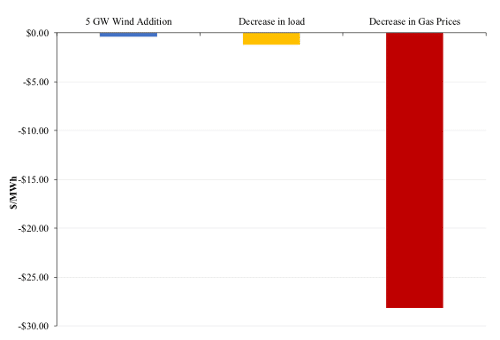
Analysis Group
“Other factors – such as rapid growth in newer energy technologies (whose costs have declined significantly in recent years), and state policies and consumers’ actions that support such technologies – also contribute to reducing the profitability of less economic assets,” reads the report’s executive summary. “These are, however, a distant second to market fundamentals in causing financial pressure on merchant plants without long-term power contracts.”
Myth one down.
As for the second claim, that shut-downs in coal and nuclear power plants are threatening grid reliability, the report finds “no evidence” of that assertion.
Although some commentators have raised concerns that the declining financial viability of certain conventional power plant technologies (like coal and nuclear power plants) that operate as merchant units in several wholesale electricity markets may be jeopardizing electric system reliability, there is no evidence supporting that conclusion.
Not only does the report find this second claim by Secretary Perry, but it finds that the changes going on in the grid are making it both more diverse, and potentially more reliable.
These newer generating resources are also contributing to the varied reliability services – such as frequency and voltage management, ramping and load-following capabilities, provision of contingency and replacement reserves, black start capability and sufficiency electricity output to meet demand at all times – that electric grids require to provide electric services to consumers on an around the clock basis.
The potential of solar plants with advanced inverters to supply ancillary services and other grid support functions has been documented in several articles in pv magazine’s print edition.
Specifically, utility-scale PV plants have been supplying reactive power to stabilize the grid in the event of system disturbances since at least 2014, when First Solar’s 280 MW Agua Caliente plant in Southern California potentially prevented a blackout by stabilizing voltage on a power line connecting the Palo Verde nuclear plant to a major transmission line.
Additionally, utility Imperial Irrigation District has recently demonstrated the ability of a large-scale battery system to “black start” a gas-fired power plant and potentially restore a portion of the grid following a blackout.
All in all, the report by AEE dispels a large portion of the content in a speech given by Secretary Perry at the BNEF Future of Energy Summit this April – that is, among the portion that was not already directly contradicted by Perry’s own statements. It remains a subject of debate just how much of this speech Perry, who is not a scientist, actually believed, and how much was merely the talking points he was given as an appointee of an administration which has given free rein to radical climate deniers and appears to be a wholly-owned subsidiary of fossil fuel interests.
The report acknowledges that stated concerns over grid reliability the result of political motivations instead of technical issues: “Sometimes these warnings spring from genuine concerns, such as the need to address the localized reliability impacts of potential plant closures; other times they reflect a first line of defense by opponents of the changes underway in the industry,” notes the report’s executive summary.
It remains to be seen how much objective fact and careful research will sway the Trump Administration from carrying out a witch hunt against renewable energy. However, it may be Trump’s own party that stops him. Among the people who have expressed vocal concern over Perry’s reliability study is U.S. Senator Chuck Grassley (R-Iowa), who like many Republicans represents a state where wind is a strong and growing industry.
This content is protected by copyright and may not be reused. If you want to cooperate with us and would like to reuse some of our content, please contact: editors@pv-magazine.com.
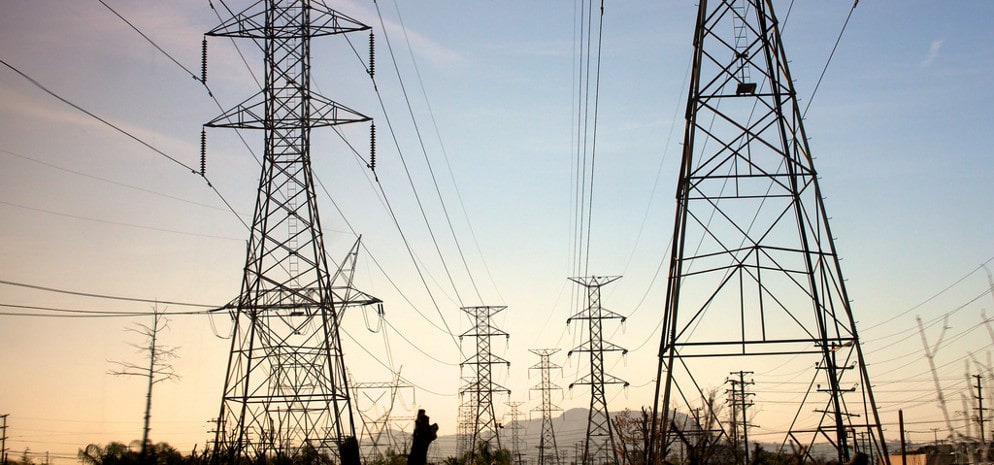
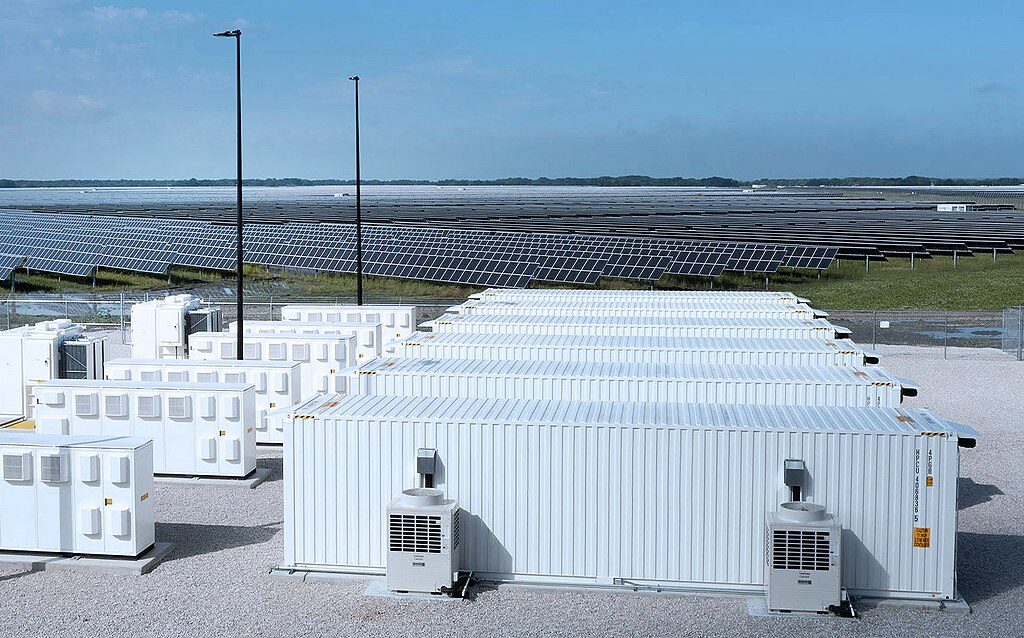





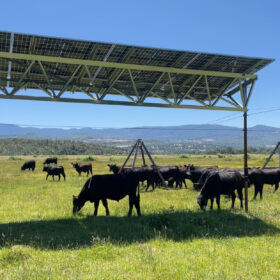
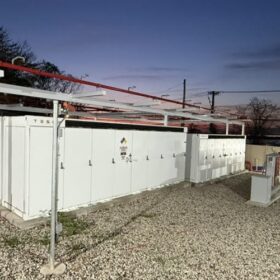
What about % of renewable grid penetration on reliability? You have commented on two instances where solar may have saved the day by supplying reactive power. But what about local reliability ? what has Hawaii learned since they are at over 20% ? These real examples is what is needed to expel political motivations.
I haven’t seen hard data on reliability for the locations with the highest levels of solar (Hawaii and especially Kaua’i, California, Honduras, etc.) but I also haven’t heard of any issues with reliability. Generally grid operators have an easier time with power sources that ramp up and down with some degree of predictability than large power plants which can go offline with little notice.
However, the nations with the highest portions of wind on their grid, including Denmark and Germany, have extremely high grid reliability, and grid reliability improved in Spain and Portugal when they deployed the world’s highest portion of wind on a large grid (20% of annual demand last time I checked, maybe higher now).
So there’s definitely no correlation between high levels of wind and solar and blackouts. Instead, there is a correlation between high levels of wind and solar and grid reliability.